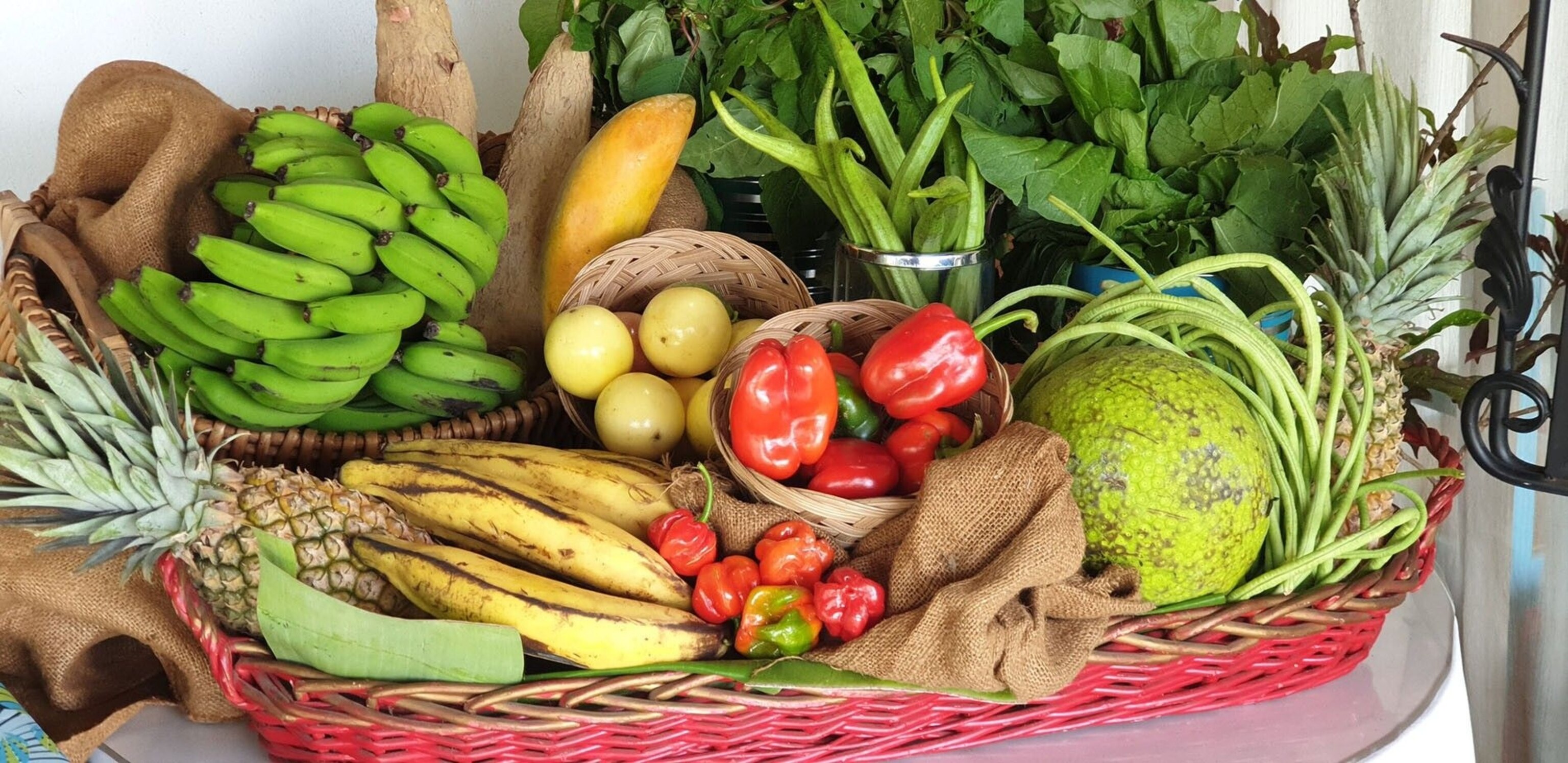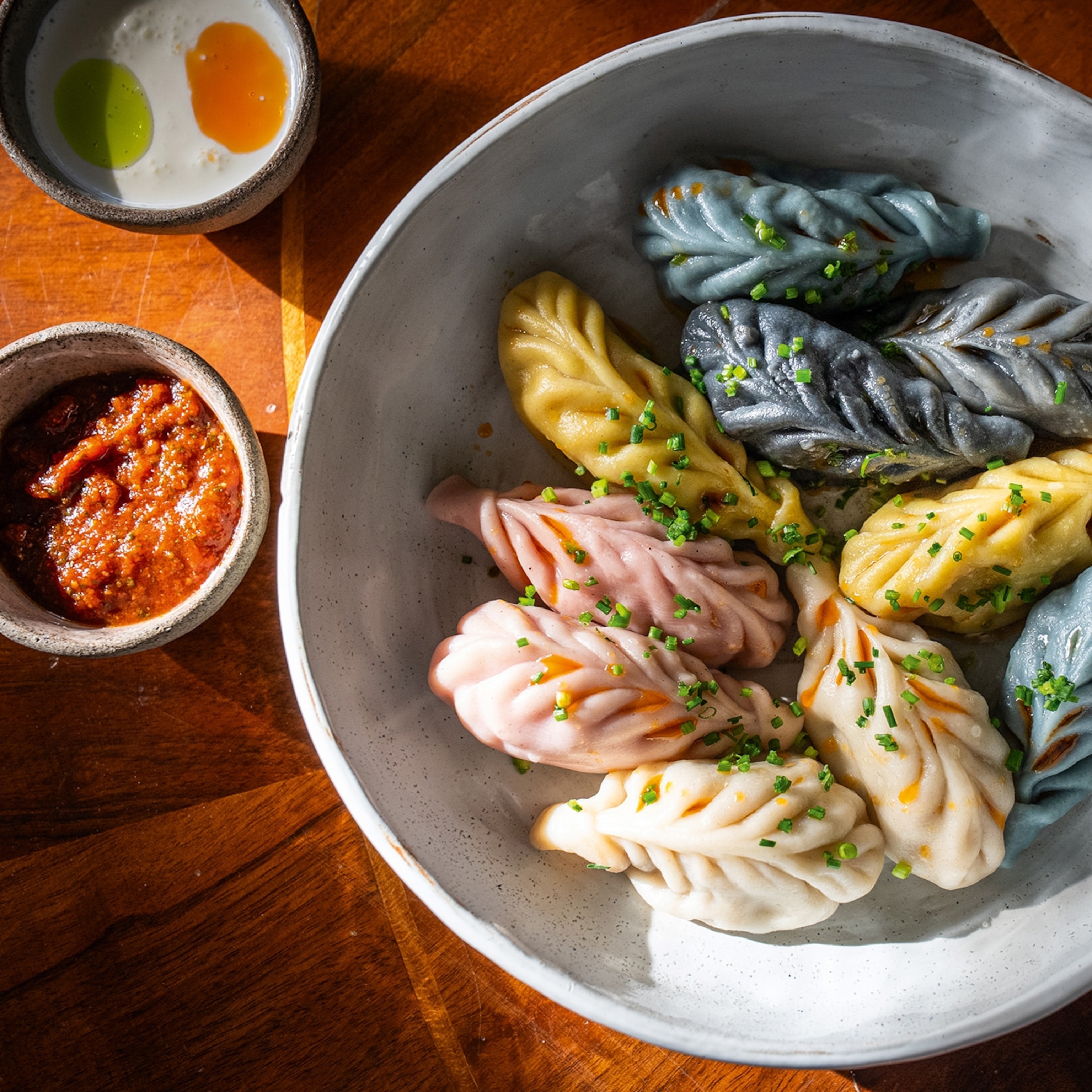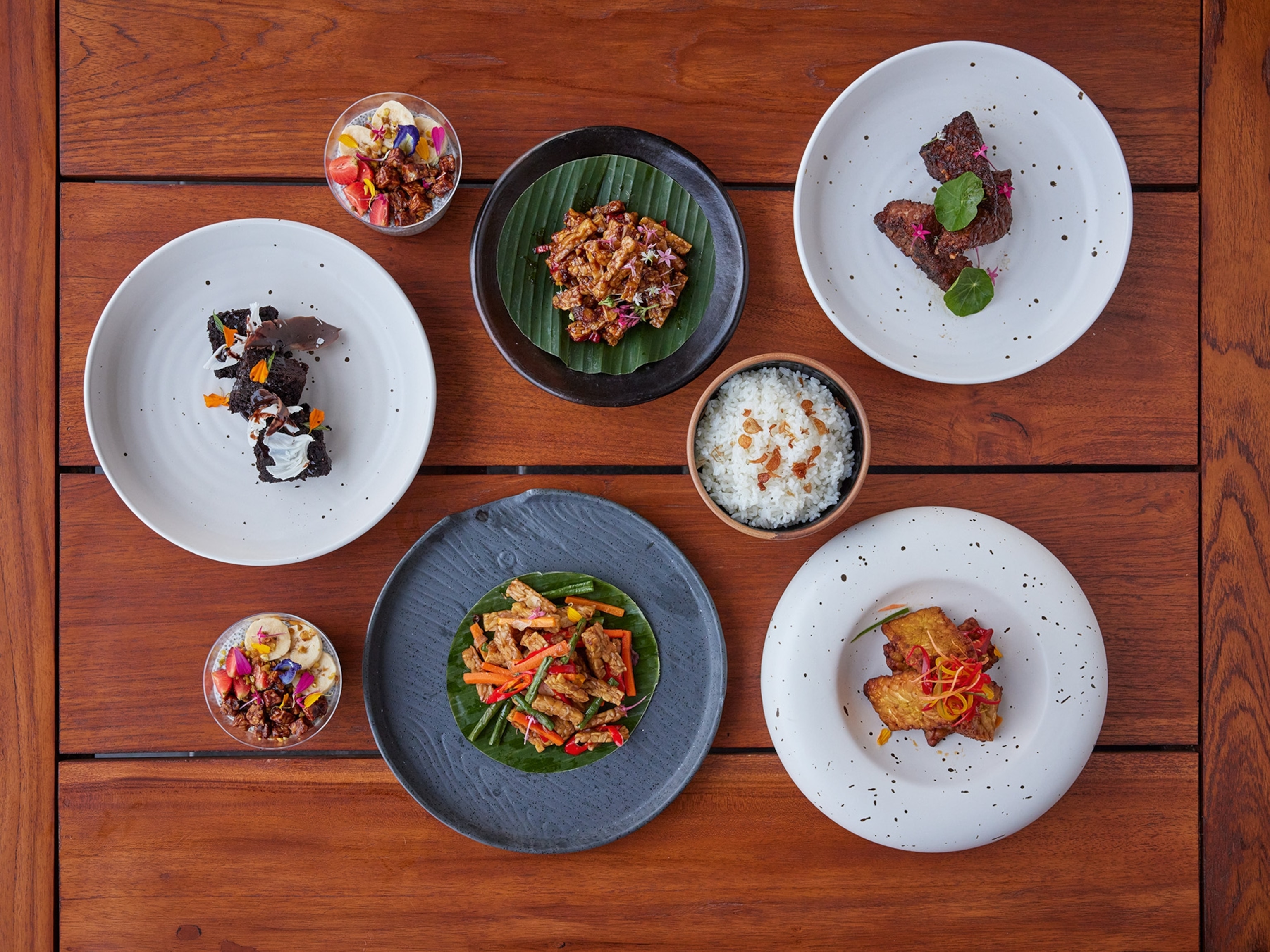
In conversation with Alison Sardinha, owner of Tobago’s Blue Crab Restaurant
When Aunty Alison opened the Blue Crab over 30 years ago, little did she know it would become the capital’s most beloved diner. She talks about life on the island and shares a recipe for a local dish.
Alison Sardinha, or ‘Auntie Alison’ as she’s known to locals, is a woman powerhouse who runs the Blue Crab Restaurant in Tobago’s capital, Scarborough, with her husband Kenneth. The couple work together: she does the research, poring over recipes of generations past for inspiration; he loves to cook; and their daughter, Sandra, is the critic. Granddaughter Ella also plays her part, keeping the spritely septuagenarian in shape for greeting the many guests who come in search of good food and classic coal-pot cooking. “We’re a real family,” she says, “and we love what we do.”

Tell us a bit about yourself.
In Tobago, I’m considered a senior citizen, but my granddaughter, Ella, tells me I look good. She’s at the age where she’s into beauty — so if she says I’m looking good, I know I’m looking good. I went to school in Manhattan to study fashion, but on returning, my husband and I settled on the island because we had such beautiful memories here. We both loved cooking, so in 1985, for Valentine’s Day, we opened the Blue Crab. Today we work as a team: my husband, myself, my children and my grandchildren.
What’s the Blue Crab Restaurant all about?
We’re located in the capital, Scarborough, on a hill, so you have lovely views of the ocean and city. It’s a small family-owned restaurant, where we use traditional recipes and serve up dishes that our parents and grandparents cooked. We try to present food in a manner that’s acceptable to visitors, yet still keeps the essence of local meals — using all Tobagonian products.
What’s the signature dish?
I have clients who call ahead and say, “Can you do for breakfast what I had growing up with my grandmother?” This is a dish that uses salted pilchards — I take stewed tomatoes, onions and olive oil, like a salsa, then mix it with the shredded fish, avocado and cucumber. We’re also known for a local curry stew my husband does. It’s not a traditional Indian curry; it’s more the way his grandmother used to make it. There’s a little rum in it, too.

Where do you get your ingredients?
We go to the market in Scarborough, which is a wonderful experience. Local people bring the produce they grow in their garden to sell, so you have okra, callaloo leaves, dasheen and papaya, as well as fresh fish and meat. We all trade ideas, so it’s always a nice exchange. They say: “What are you doing with this?” And when we tell them, they recommend other ingredients. It’s a beautiful way of sharing.
What defines Tobagonian cuisine?
Fresh food. I never realised when I was growing up that what we did was organic farming. We never used fertilizers, we used natural things and did free-range farming. Today, when my husband goes to see the local farmers, he examines the leaves. If he notices they’re a little too perfect, he says, “Uh uh, I don’t want this one,” because he knows they’ve used chemicals.
How does Tobago inspire you?
It’s the people. We care about each other; we share with each other. The seniors, of which I’m one now, take younger people in and get them involved in things of the past. I love the respect the young have for neighbours and elderly people. I’m referred to as Auntie Alison or ‘mums’ at the market.
What would a perfect day look like on the island?
When the children were young, we’d take them on a trip around the island. We’d pack everything up and stop off at little spots where you can swim. Everywhere in Tobago, there’s something beautiful to see, especially along the coastline. When you look out at the sea, you feel at peace.
Let us in on a secret: what’s your favourite beach?
I love Pigeon Point because it has lifeguards, good facilities and restaurants. There’s also Store Bay and Englishman’s Bay. But because I live in Scarborough, it’s easy for me to get to Pigeon Point when I want to run away.
Sum up Tobago in three words.
Natural, peaceful, beautiful. It’s such a natural place to be, it’s such a peaceful place to be, and most of all, it’s such a beautiful place to be. Everyone says good morning and smiles and waves. You’ve got the beaches, the sky and the birds. You become one with nature. You breathe in the atmosphere here.
How to make it: Alison's saltfish buljol recipe
This is a local favourite in Tobago. Here, Alison offers the know-how so you can try it yourself at home.
Ingredients:
½ lb salted boneless cod
½ cup chopped tomatoes
¼ cup chopped onions
¼ cup chopped sweet peppers
2 tbsp olive oil
Juice of 1 lime
4 cups room temperature water
Method:
1 Soak fish overnight in 4 cups of water. Remove from water and shred.
2 In a separate bowl mix tomatoes, onions and sweet peppers.
3 Mix olive oil and lime juice and pour over vegetable mixture.
4 Mix with shredded fish and add hot sauce or pepper of choice to taste.
5 Serve with hops bread (fried or oven baked), avocado and sliced cucumber.
Plan your trip
Flights to Tobago depart from Heathrow and Gatwick. The island is lovely year-round, with temperatures hovering around 32C.
For more information, visit our destination guide.
Follow National Geographic Traveller (UK) on social media






